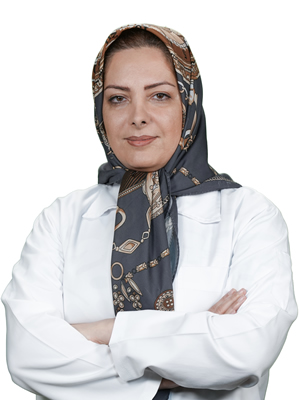Tissue Engineering and Regenerative Medicine Research Group
The first steps in launching the Research Center (ARI) in 2009 were taken to achieve the long-term goal of using new technologies to recover and repair damaged tissues, especially connective tissue and the skin.
At present, by mustering various experts in the fields of stem cell technology, bioengineering, immunology and veterinary medicine, and by providing the necessary facilities and equipment, the Research Group has created a suitable platform for creating practical products in the field of tissue engineering and regenerative medicine.
It is hoped that the colleague’s collaboration will be effective in the progress and development of current medical services nationwide through taking advantage of new technologies.
Main projects:
Main projects:
- Cartilage tissue engineering
Despite more than two decades of studies since the beginning of research in cartilage tissue engineering, only a few products in specific areas have proceeded from applied research to clinical use. In the present major project, the main goals are set in repairing articular cartilage defects, improving biological scaffolds with optimal mechanical and structural properties, improving biocompatibility and controlled degradability, utilizing appropriate operational characteristics, and taking advantage of stem cell capabilities. At present, the group is following the direction by constructing and optimizing composite cellular structures and scaffolds, evaluating them in terms of their effectiveness in repairing articular cartilage lesions, and conducting several in vitro and in vitro experimental studies. In order to develop this project, an experienced multidisciplinary group in the field of tissue engineering and regenerative medicine, biomaterials, veterinary medicine, and immunology has been gathered and they are involved in constructive collaborations inside and outside the institute. - Skin tissue engineering
The consequences of skin destruction in the form of chronic wounds seem to be a growing and pervasive problem. One of the most common causes of extensive skin damage is burns, which can lead to irreparable and fundamental skin lesions. These types of lesions, in addition to difficulties in health control and treatment, also impose high treatment costs on the patients. Today, the gold standard treatment is autologous transplantation, which faces limitations such as pain in the area of transplantation, shortage of transplantable organ, etc. Skin tissue engineering is an alternative option to overcome these obstacles. In this large project, in order to design a suitable engineered structure, the efficiency of various engineered structures consisting of natural membranes, microfibers, and stem cells has been evaluated through in vitro and in vitro experiments as well as physical, mechanical, biodegradability, and biocompatibility experiments. The intensive focus of this project is to build and optimize efficient structures, cellular composites, and scaffolds in repairing extensive skin lesions.
Products and Services:
- Isolation and culture of stem cells from various biological sources including cord blood, bone marrow, menstrual blood, and dental pulp
- Creation of differentiated bone, fat, cartilage, liver, heart and nerve cells from different stem cell origins in accordance with optimized protocols
- Determination of phenotype and genotype expression of differentiated cells and stem cells by RT-PCR, real-time PCR, immunohistochemistry, and flow-cytometry
- Designing and fabrication of two-dimensional and three-dimensional porous biodegradable polymeric-ceramic hybrid scaffolds and nanofiber scaffolds for various tissue engineering applications
- Modification of surface properties and functionalization of biomaterial surfaces
- Designing and manufacturing all types of filters and nanostructured membranes with high porosity and specific surface area
- 3D culture of stem cells and their differentiated products on biocompatible and biodegradable scaffolds
- Production and reproduction of nude mice for animal studies
- Toxicity and biocompatibility assessment of drugs and scaffolds synthesized by other centers
- Holding stem cell culture training courses and related techniques in the form of short-term and long-term courses
Group members:
- Dr. Simin Zafardoost (Head of the Research Group)
- Dr. Hananeh Golshahi
- Dr. Atousa Karimi
- Dr. Mohammad Mehdi Naderi
- Dr. Roya Padmehr

Dr. Simin ZafardoostHead of the Research Group
















